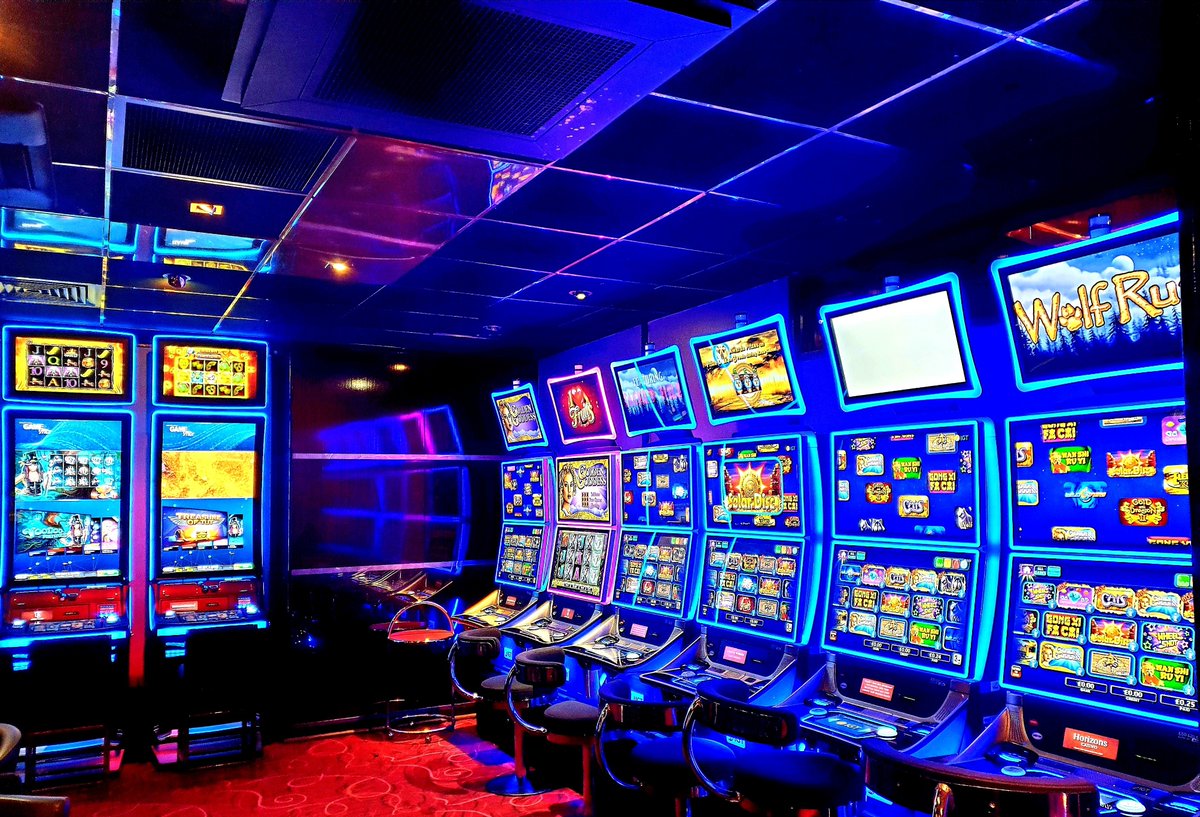The Encounter of Game Mechanics in Gaming Experiences

The sphere of gambling entertainment has long fascinated participants with its blend of adventure, strategy, and the excitement of chance. With technology progresses and the gaming landscape evolves, an new approach known as game mechanics has begun to transform the way we engage with these traditional games. By including game-like features such as tasks, incentives, and monitoring advancement, this approach enhances player involvement and transforms the traditional casino environment into a much lively and inviting environment.
Gamification in gambling entertainment not only appeals to seasoned players but also attracts a fresh generation of participants who want a more involved experience. With elements that encourage involvement and build community among participants, the gamified elements breathe new life into beloved favorites like poker, 21, and slot machines. As we dig further into this phenomenon, we will analyze how this trend is transforming the casino atmosphere, making it more inclusive, fun, and rewarding for everyone involved.
Grasping Game Mechanics
Gamification denotes the implementation of game-like aspects in non-game environments to improve user engagement and interaction. In the domain of gambling, this idea has achieved considerable momentum, transforming traditional gaming into a much interactive and rewarding adventure. By integrating components such as tokens, stages, and prizes, casinos can create an ecosystem that motivates players to participate more frequently and for longer periods.
At the center of this concept is the desire to leverage the natural motivations of players. Casino games that employ gamification methods are crafted to not only entertain but also to encourage rivalry and success. Players are often compelled to the instant responses and progress tracking that these features provide. This not only maintains them involved but also cultivates a sense of accomplishment as they achieve goals and access fresh aspects.
Additionally, gamification can improve social engagement among players, cultivating a social atmosphere that enhances the satisfaction of gaming experiences. Features such as ranking systems, team challenges, and teamwork activities allow players to connect with fellow players, exchange stories, and battle in a good-natured manner. This community element adds an extra facet to the gaming experience, allowing it to be even more engaging and satisfying for players.
Influence on Player Engagement
Game design techniques in casino games have remarkably altered the way gamers engage with their beloved pastimes. By including aspects such as prizes, scoreboards, and achievement badges, gaming platforms create an environment that encourages a more profound connection between gamers and the games they enjoy. This enhanced engagement contributes to prolonged gaming time and boosted player loyalty, as gamers strive to unlock new stages or claim exclusive bonuses.
Additionally, the social component of game-based casino games cannot be ignored. Several venues allow users to challenge against friends or other users, which introduces a dimension of thrill and friendship. This rivalry drives engagement by accessing into players' competitive instincts, prompting them to return for additional in order to enhance their standings or display their successes. As a result, the community engagement foster a sense of togetherness that encourages users coming back.
Furthermore, the prompt recognition and recognition provided by game elements serve to encourage users. Whether a notification of a recent milestone or the joy of earning a bonus, these instant rewards play a crucial role in maintaining engagement. By constantly rewarding gamers for their actions, casino games become not only a pastime; they transform into an engaging activity that entices gamers and boosts their overall enjoyment.
Trends in Casino Game Design
The landscape of gambling game design is regularly evolving, driven by tech innovations and evolving player preferences. f168net.com One significant trend is the incorporation of immersive technologies, such as virtual reality and AR reality, to enhance the gaming experience. These technologies create a more captivating environment, allowing players to perceive as though they are in a physical casino, which can lead to longer play sessions and heightened player satisfaction.
Another trend is the integration of narrative elements into casino games. Game designers are focusing on storytelling to create a stronger connection between the player and the game. This narrative-driven approach not only makes the games more enjoyable but also motivates players to engage emotionally, which can enhance their overall experience. By blending traditional gaming mechanics with captivating stories, developers are drawing in a wider audience who may not have before engaged with casino games.
Lastly, the rise of social gaming features is reshaping how players interact with casino games. Many games now feature social elements, such as broadcasting achievements or competing with friends, to promote community and engagement. This trend reflects a shift towards a more participatory experience, where players can link with others, sharing their enthusiasm and struggles. As casinos adapt to these social dynamics, the act of gaming becomes not just about individual play, but also about fostering connections among players.
